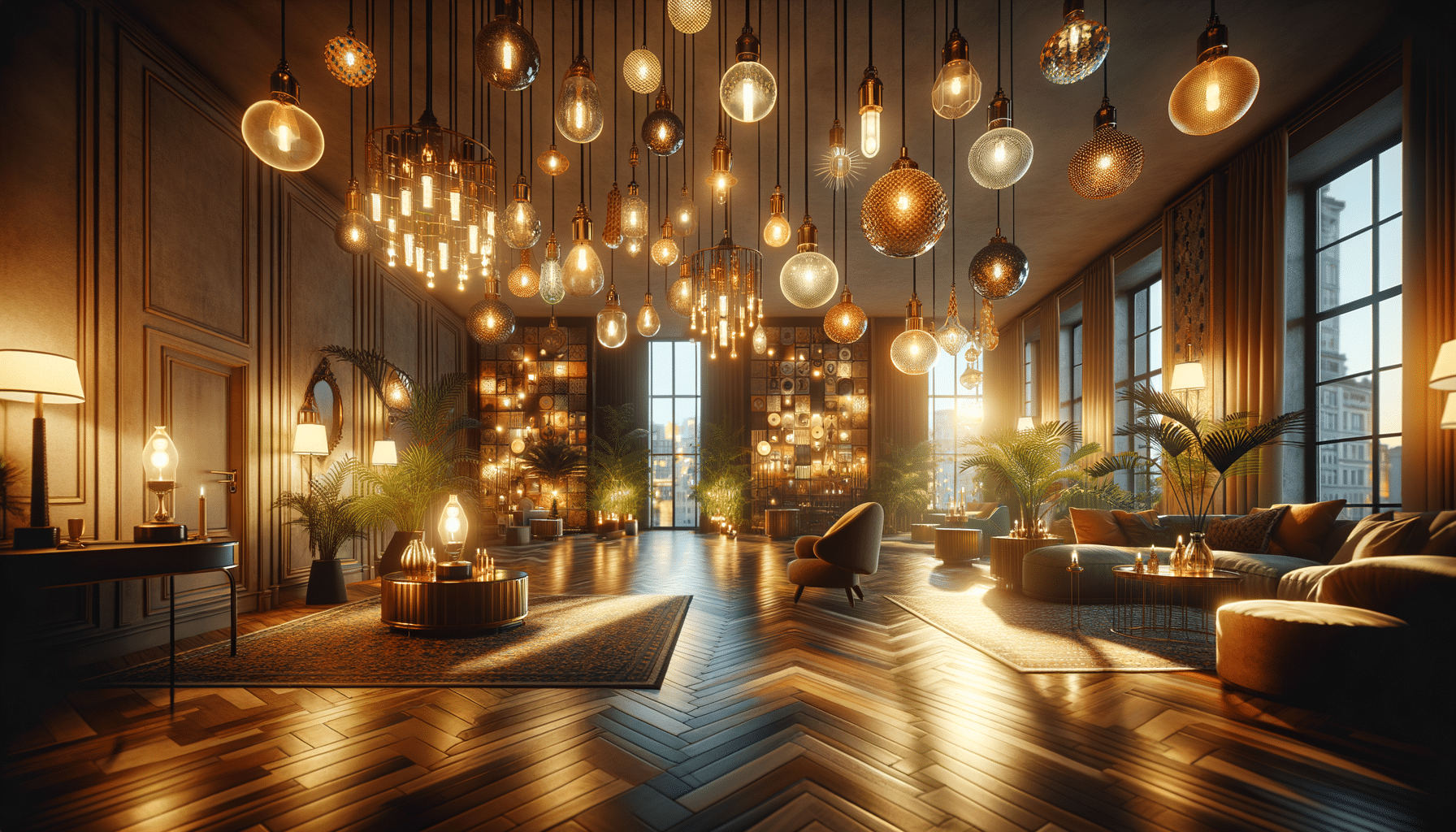
Mood Lighting: Enhancing Your Space with Ambiance
Introduction to Mood Lighting
Mood lighting is an innovative approach to interior design that focuses on creating a specific ambiance within a space. It goes beyond mere illumination to affect the mood and atmosphere, making environments more inviting and comfortable. This type of lighting is essential in both residential and commercial settings, helping to enhance aesthetic appeal while also influencing emotional responses. Whether you’re looking to create a cozy living room or an inspiring office space, mood lighting can significantly impact how a space feels and functions.
The Science Behind Mood Lighting
Understanding the science behind mood lighting involves recognizing how light affects human emotions and behaviors. Different colors and intensities of light can evoke various psychological responses. For example, warm colors like red and orange often create a sense of warmth and comfort, while cooler hues like blue and green can promote calmness and relaxation. The intensity of light also plays a crucial role; dimmer lighting can create a more intimate setting, whereas brighter lights can energize and invigorate.
Research has shown that lighting can influence mood and productivity. For instance, exposure to natural light during the day can improve mood and increase alertness, while softer lighting in the evening can help prepare the body for rest. By strategically using different types of lighting, one can tailor the environment to suit specific needs and activities.
Practical Applications of Mood Lighting
Mood lighting can be applied in various settings to achieve different effects. In homes, it can be used to create a warm and welcoming environment in living rooms or a relaxing atmosphere in bedrooms. In restaurants and cafes, mood lighting can enhance dining experiences by creating an intimate and cozy ambiance. In offices, it can be used to boost productivity and focus by providing adequate task lighting while also offering softer lighting options for relaxation areas.
Some practical tips for implementing mood lighting include:
- Using dimmers to adjust light intensity according to the time of day or activity.
- Incorporating LED strips or smart bulbs that can change colors to suit different moods.
- Layering different types of lighting, such as ambient, task, and accent lighting, to create a dynamic and versatile space.
Technological Advances in Mood Lighting
The field of mood lighting has seen significant advancements with the advent of smart technology. Smart lighting systems allow users to control lighting remotely through smartphones or voice-activated devices. These systems can be programmed to change colors and intensities automatically, adapting to different times of the day or specific user preferences. This technology not only enhances convenience but also offers endless possibilities for customizing lighting to fit any mood or occasion.
Moreover, energy-efficient LED technology has revolutionized mood lighting by providing a sustainable option that reduces energy consumption while offering a wide range of color and brightness options. This makes it easier than ever to integrate mood lighting into any space without compromising on environmental considerations.
Conclusion: The Impact of Mood Lighting
Mood lighting is a powerful tool in interior design that can transform how spaces are perceived and experienced. By understanding the impact of light on mood and behavior, individuals and businesses can create environments that not only look appealing but also enhance emotional well-being and productivity. As technology continues to evolve, the possibilities for mood lighting will only expand, offering even more ways to customize and improve our living and working spaces.


